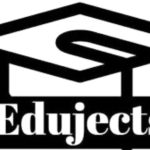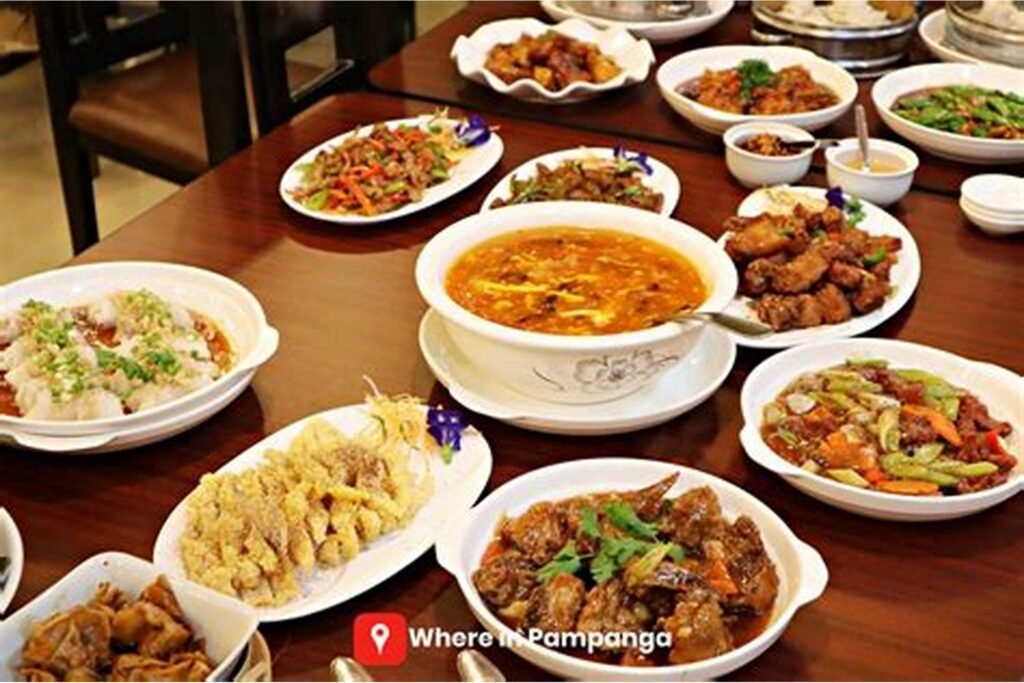Gbanabam Hallowell’s poem The Dining Table paints a vivid picture of the horrors of war and the chaos it brings to human lives. The dining table, traditionally a symbol of family unity and sustenance, is transformed into a metaphor for a battlefield filled with blood, sorrow, and destruction. Through the masterful use of figures of speech, the poet emphasizes the themes of loss, violence, and human suffering.
Poem: The Dining Table by Gbanabam Hallowell
The Dining Table
Dinner tonight comes with
gun wounds. Our desert tongues
lick the vegetable blood—the pepper
strong enough to push scorpions
up our heads. Guests look into
the oceans of our bowls as
we wipe our bloodied mouths with
calm napkins.
The table that gathers us is an island
where guerrillas walk the landmines,
blowing human guts in the wind.
The meal is not yet ready. We eat
from the board—everybody’s chair
a scaffold. The news is static,
in our nostrils—
as the Eton takes the nation.
Figures of Speech in The Dining Table
Here are 10 figures of speech in the poem, explained with examples and their effects:
- Metaphor
- Example: “Dinner tonight comes with gun wounds.”
The metaphor compares dinner to a meal served with injuries and violence, highlighting the pervasive presence of war and its impact on daily life. - Example: “The table that gathers us is an island.”
The table becomes a metaphor for isolation amidst chaos, symbolizing how war separates people from normalcy.
- Example: “Dinner tonight comes with gun wounds.”
- Personification
- Example: “Our desert tongues lick the vegetable blood.”
The tongues are personified as being capable of licking blood, evoking vivid imagery of suffering and hunger in a war-torn land. - Example: “The news is static, in our nostrils.”
News is personified as a tangible, overwhelming presence, symbolizing the inescapable nature of conflict.
- Example: “Our desert tongues lick the vegetable blood.”
- Imagery
- Example: “The pepper strong enough to push scorpions up our heads.”
This imagery conveys physical pain and mental torment, likening the intensity of the pepper to the feeling of scorpions crawling inside one’s mind. - Example: “Blowing human guts in the wind.”
The grotesque imagery of human remains scattered by the wind starkly depicts the horrors of war.
- Example: “The pepper strong enough to push scorpions up our heads.”
- Alliteration
- Example: “Guests look into the oceans of our bowls.”
The repetition of the ‘o’ sound creates a rhythmic flow, drawing attention to the desolate state of the meal and its reflection of emptiness.
- Example: “Guests look into the oceans of our bowls.”
- Symbolism
- Example: “The dining table” symbolizes both unity and destruction. In the poem, it represents the collision of domestic life with the brutality of war.
- Example: “Calm napkins” symbolize the attempt to maintain normalcy amidst chaos and bloodshed.
- Hyperbole
- Example: “The pepper strong enough to push scorpions up our heads.”
This exaggeration highlights the overwhelming intensity of the experience, reflecting the pain and turmoil caused by the war.
- Example: “The pepper strong enough to push scorpions up our heads.”
- Irony
- Example: “We wipe our bloodied mouths with calm napkins.”
There is an ironic contrast between the violence suggested by “bloodied mouths” and the composed act of using “calm napkins,” symbolizing the duality of human resilience and denial.
- Example: “We wipe our bloodied mouths with calm napkins.”
- Juxtaposition
- Example: “The meal is not yet ready. We eat from the board.”
The juxtaposition of an unfinished meal with the act of eating suggests desperation and survival in the face of adversity.
- Example: “The meal is not yet ready. We eat from the board.”
- Oxymoron
- Example: “Calm napkins”
This pairing of contradictory terms highlights the tension between external composure and internal chaos.
- Example: “Calm napkins”
- Enjambment
- Example: “Guests look into / the oceans of our bowls.”
The continuation of a sentence across lines mimics the ongoing, unrelenting nature of war, forcing the reader to move through the poem without pause.
Class Activities for The Dining Table
- Imagery Exploration
- Students identify and illustrate key images in the poem, such as “gun wounds” and “vegetable blood,” to visualize the poem’s themes.
- Symbolism Brainstorm
- Organize a class discussion about the symbolic meaning of the dining table and other objects in the poem. Students can present their interpretations with textual evidence.
- Figure of Speech Matching
- Provide students with examples of figures of speech from the poem and ask them to match these with their definitions and effects.
- Group Performance
- Divide the class into groups to perform dramatic readings of the poem, emphasizing tone and emotion.
- Theme Mapping
- Students create a visual map of the themes in The Dining Table, linking specific lines in the poem to broader ideas such as war, loss, and survival.
Class Assignments for The Dining Table
- Analytical Essay
- Write an essay analyzing how Hallowell uses figures of speech to depict the effects of war on daily life.
- Symbolism Essay
- Explain the significance of the dining table as a symbol in the poem and how it connects to the overall theme of the poem.
- Creative Writing
- Compose a poem that uses vivid imagery and figures of speech to depict a conflict (war, internal struggle, or cultural tension).
- Research Assignment
- Research the impact of civil wars in Africa and write a report connecting the historical context to themes in The Dining Table.
- Comparison Essay
- Compare The Dining Table with another war-themed poem, analyzing similarities and differences in the use of literary devices and themes.

